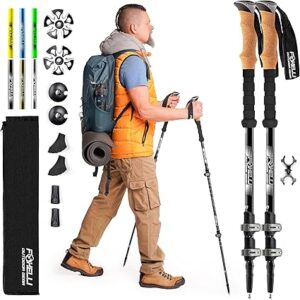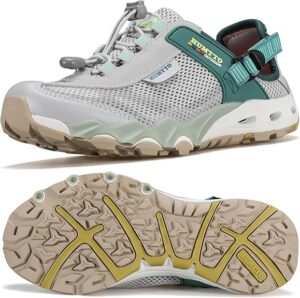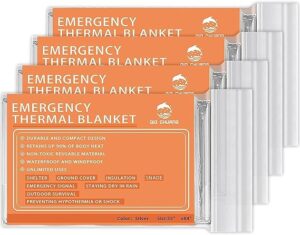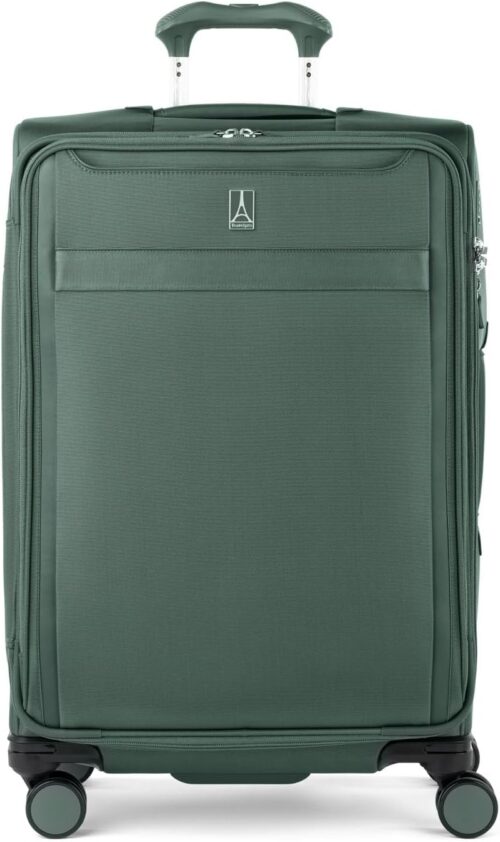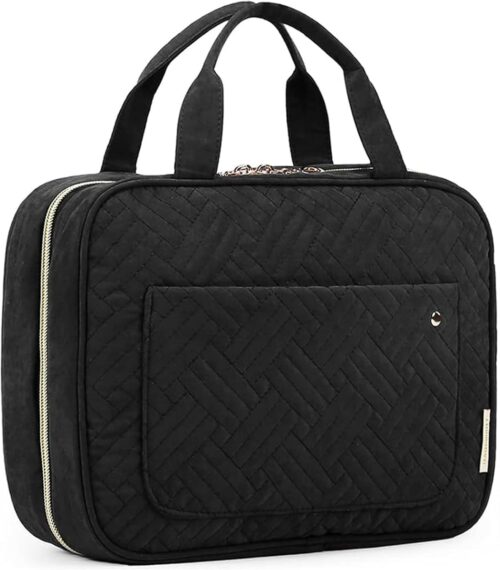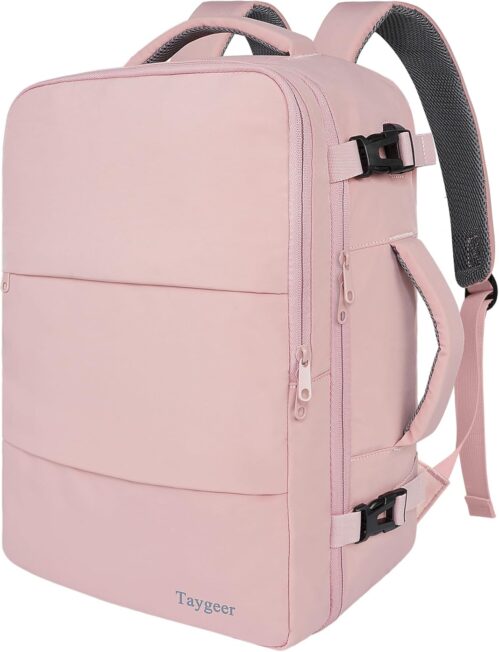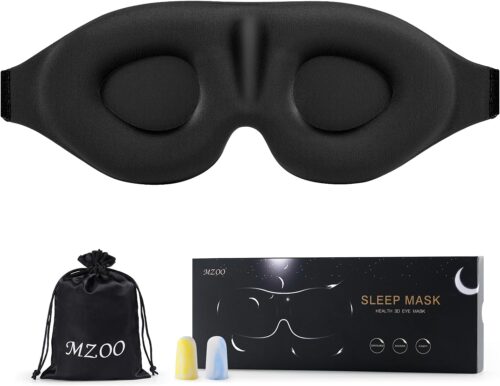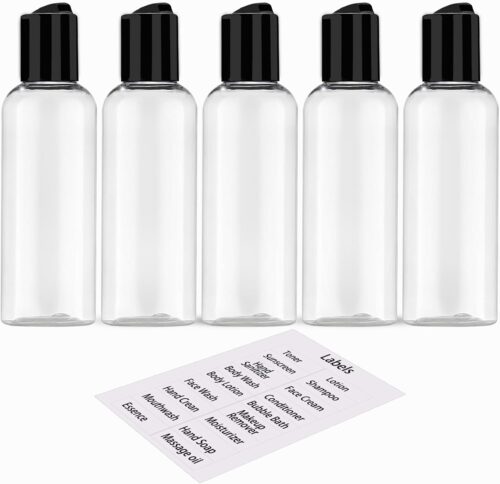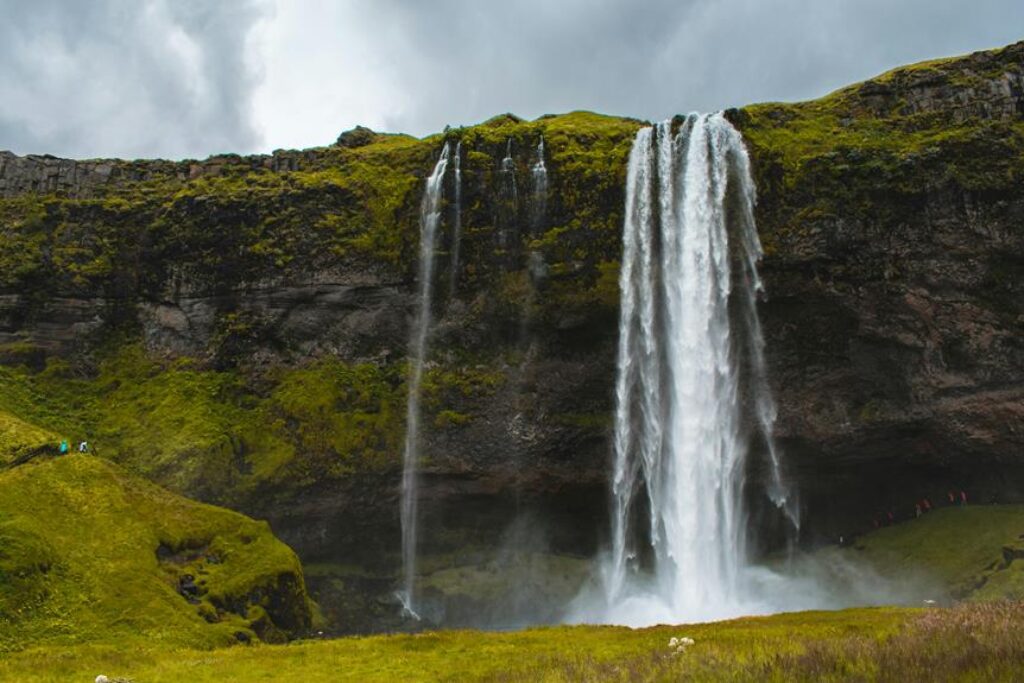
When embarking on hiking adventures through the wilderness, crossing rivers can present a challenging yet rewarding experience. Ensuring your safety during these crossings is paramount, and there are several factors to consider. From evaluating the river’s flow and depth to choosing the most suitable technique, each decision plays a crucial role in a successful crossing. But how can you navigate these natural obstacles confidently and securely? Let’s explore some essential strategies for crossing rivers safely during your wilderness expeditions.
Proper Planning and Preparation
Before embarking on a wilderness hiking trip, ensure you have thoroughly planned and prepared for safely crossing rivers. Start by researching the specific rivers along your route to understand their typical water levels and flow rates. Check topographic maps and trail guides for information on potential river crossings and any available bridges.
It’s crucial to pack essential gear such as water shoes or sandals with good traction, a sturdy walking stick for stability, and a dry bag to keep important items safe and dry during the crossing. Additionally, consider wearing quick-drying clothing to avoid hypothermia if you get wet.
Before stepping into the water, evaluate the current, depth, and speed of the river. Always cross at wider sections where the current is slower and shallower. Remember to unbuckle your backpack’s waist and chest straps to easily remove it in case you fall.
Assessing River Conditions
To safely cross rivers during your wilderness hiking trip, it’s essential to assess the current conditions of the river. Before attempting to cross, carefully observe the speed and depth of the water. Fast-flowing water may indicate dangerous conditions, while swift changes in depth can conceal hazards like rocks or drop-offs. Look for calm sections or wider areas with shallower depths that could offer safer crossing points.
Consider the weather conditions as well. Heavy rainfall upstream can cause water levels to rise rapidly, making the river more difficult and risky to cross. Additionally, check for any obstacles in the water such as fallen trees or debris that could pose a threat during the crossing.
Take note of the riverbed composition. Rocky bottoms may provide better traction than muddy or sandy bottoms, which can be slippery. Assess the width of the river too – wider rivers generally have stronger currents, so it may be safer to find narrower points for crossing. By thoroughly evaluating these factors, you can make a more informed decision on how to proceed safely across the river.
Choosing the Right Crossing Technique
Consider various factors such as water speed, depth, and riverbed composition when selecting the most suitable crossing technique for navigating rivers safely during your wilderness hiking expedition. Start by evaluating the water speed – if it’s fast, avoid fording and opt for alternative methods like a bridge or finding a wider, shallower area. For slower currents, fording may be feasible but proceed with caution. Check the depth of the water; if it’s too deep, look for a safer spot or consider using a flotation device. Assess the riverbed composition – rocky bottoms may be slippery, while sandy or gravelly bottoms offer better traction.
When choosing a crossing technique, consider options like the sidestep shuffle, where you move sideways downstream to reduce the force of the water. Another method is the diagonal method, angling yourself upstream to counter the current. Additionally, group crossings can provide more stability and support. Always prioritize safety and adapt your technique based on the specific conditions of each river crossing during your hike.
Safety Measures and Equipment
Ensure you have the necessary safety measures and equipment before attempting to cross rivers during your wilderness hiking trips.
One of the most critical pieces of equipment is a sturdy pair of water shoes or sandals with good traction to prevent slipping on wet rocks. Additionally, trekking poles are invaluable for providing stability and support while crossing a river.
It’s also recommended to carry a lightweight and packable personal flotation device in case of emergencies, especially if you’re not a strong swimmer. Another essential safety measure is to always wear a properly fitted and buckled backpack with a waist strap to distribute weight evenly and avoid losing balance.
Consider using dry bags or waterproof cases to protect your electronics, first aid kit, and other essential items from getting wet during the crossing.
Lastly, never underestimate the power of a river; if in doubt about the safety of a crossing, it’s best to turn back and find an alternative route.
Trending Products

